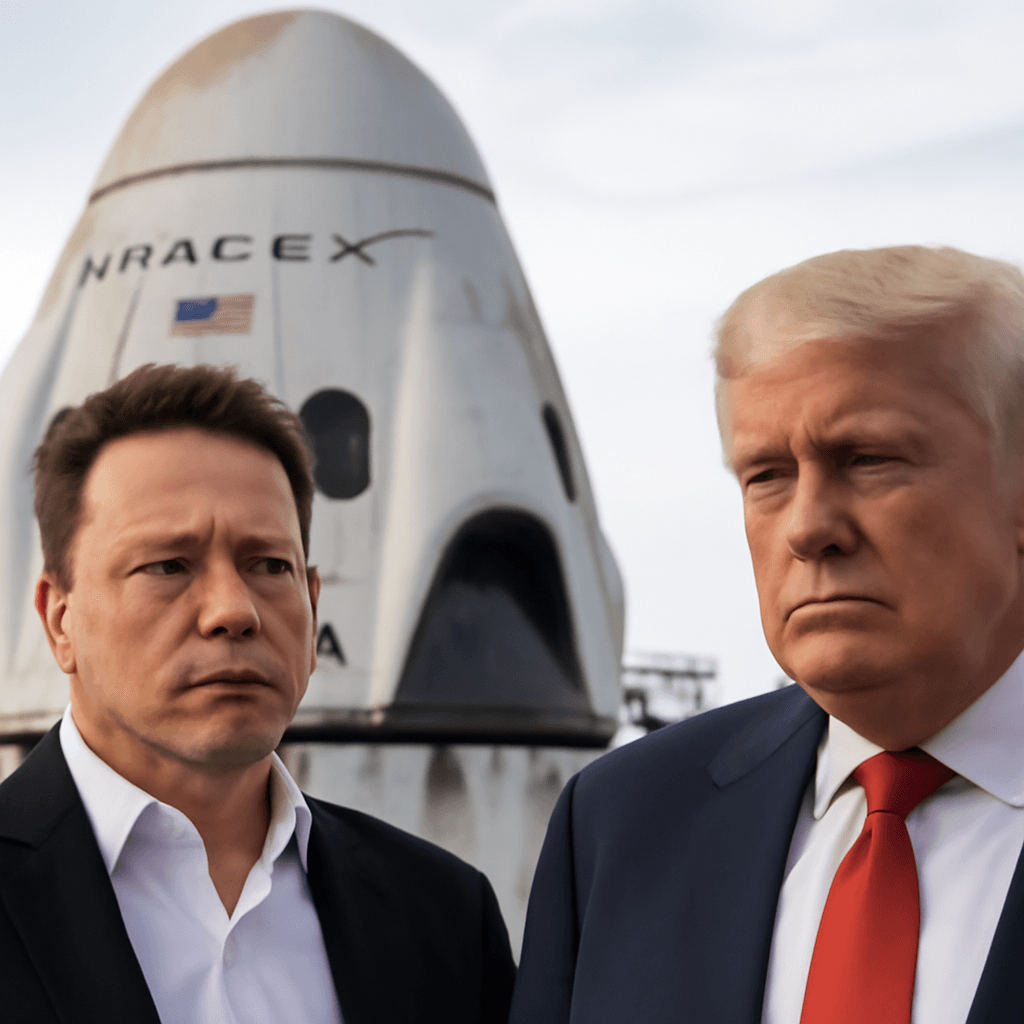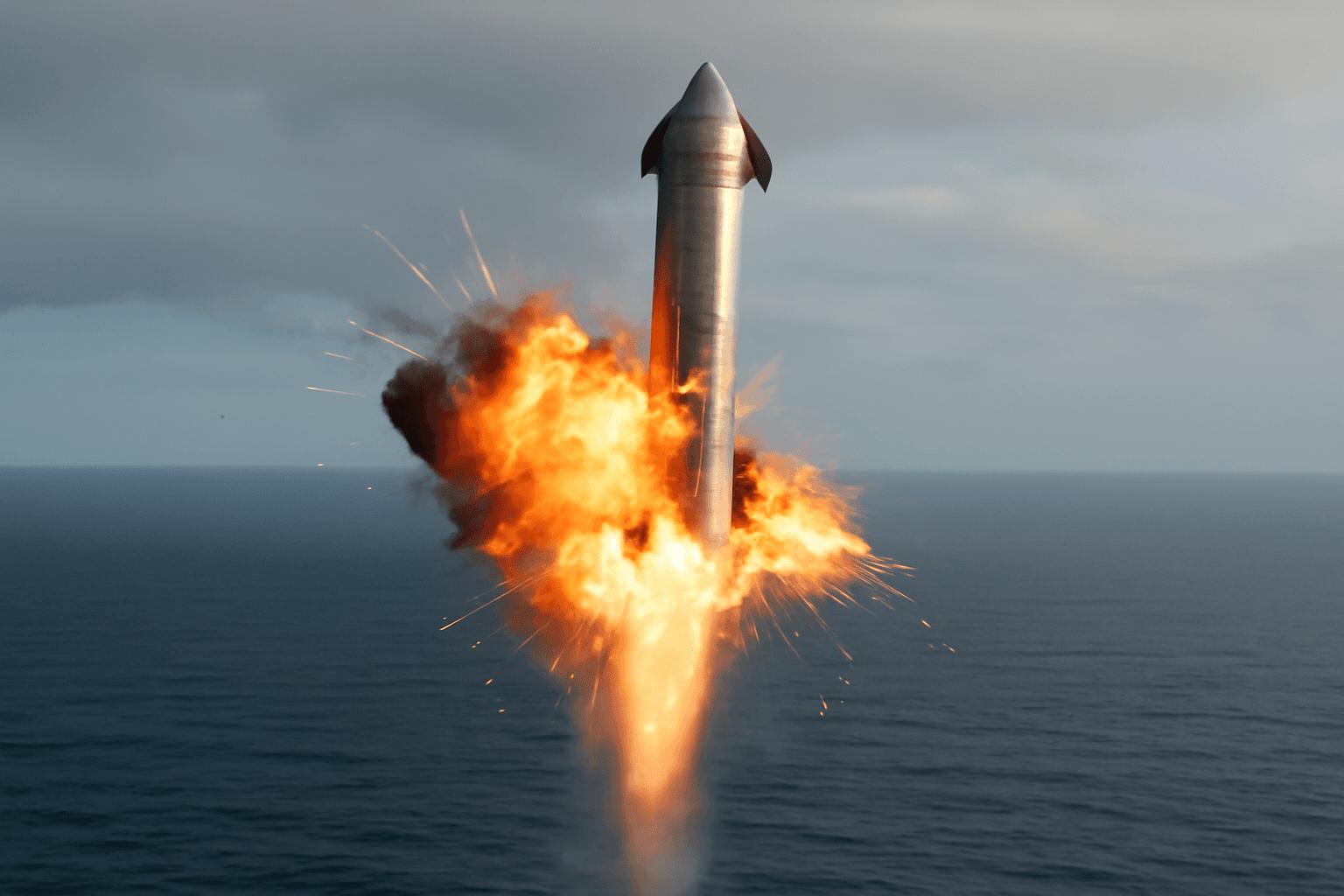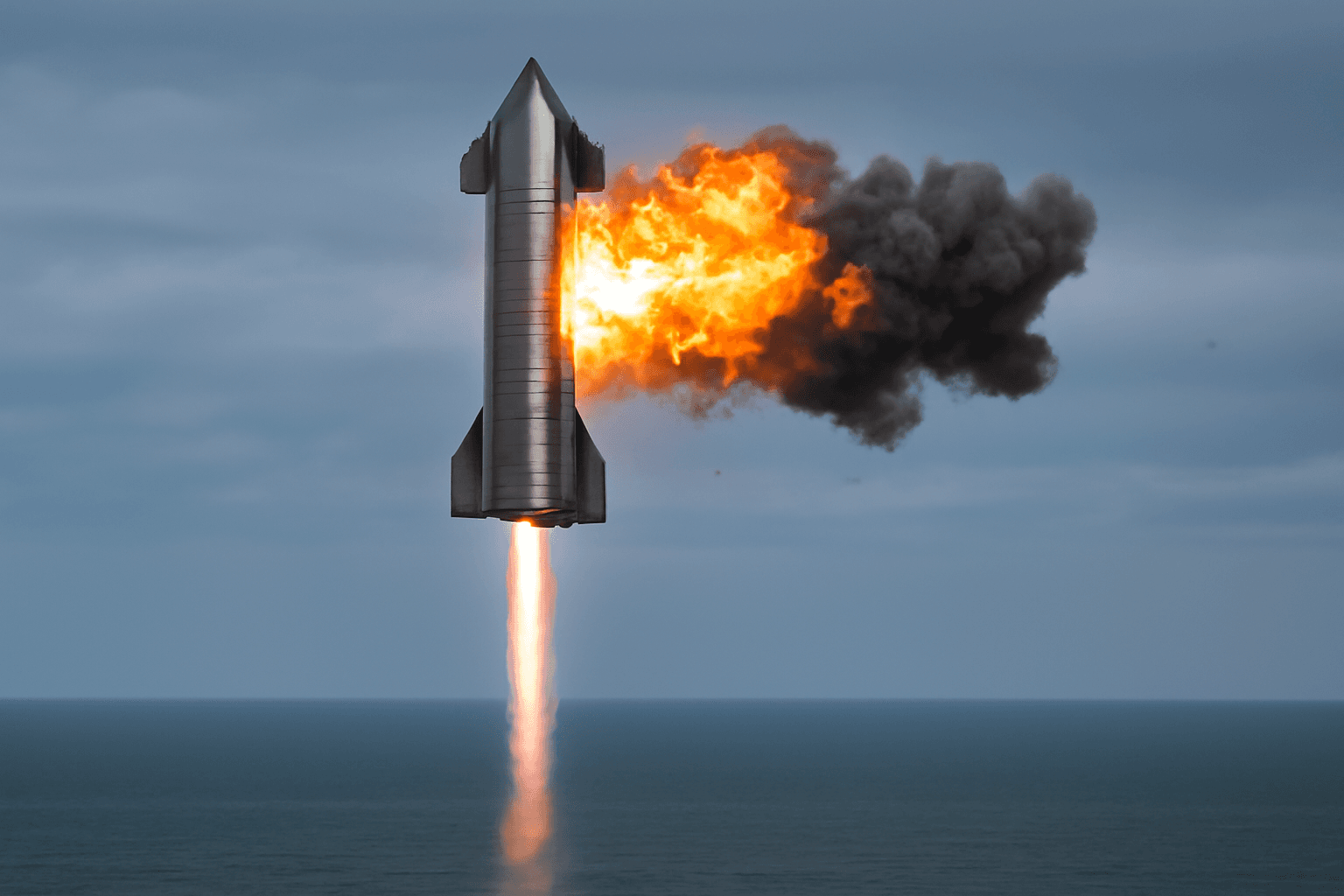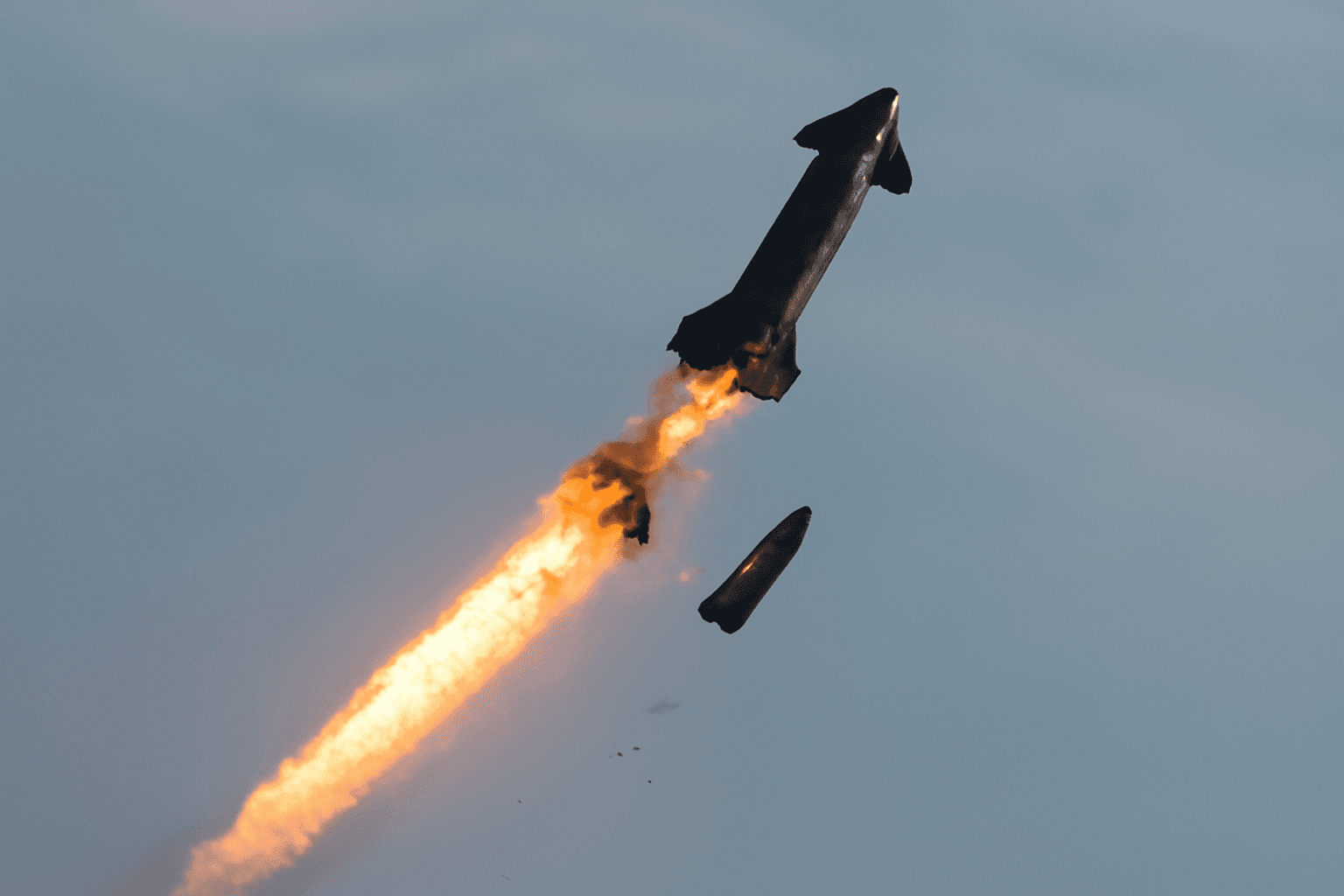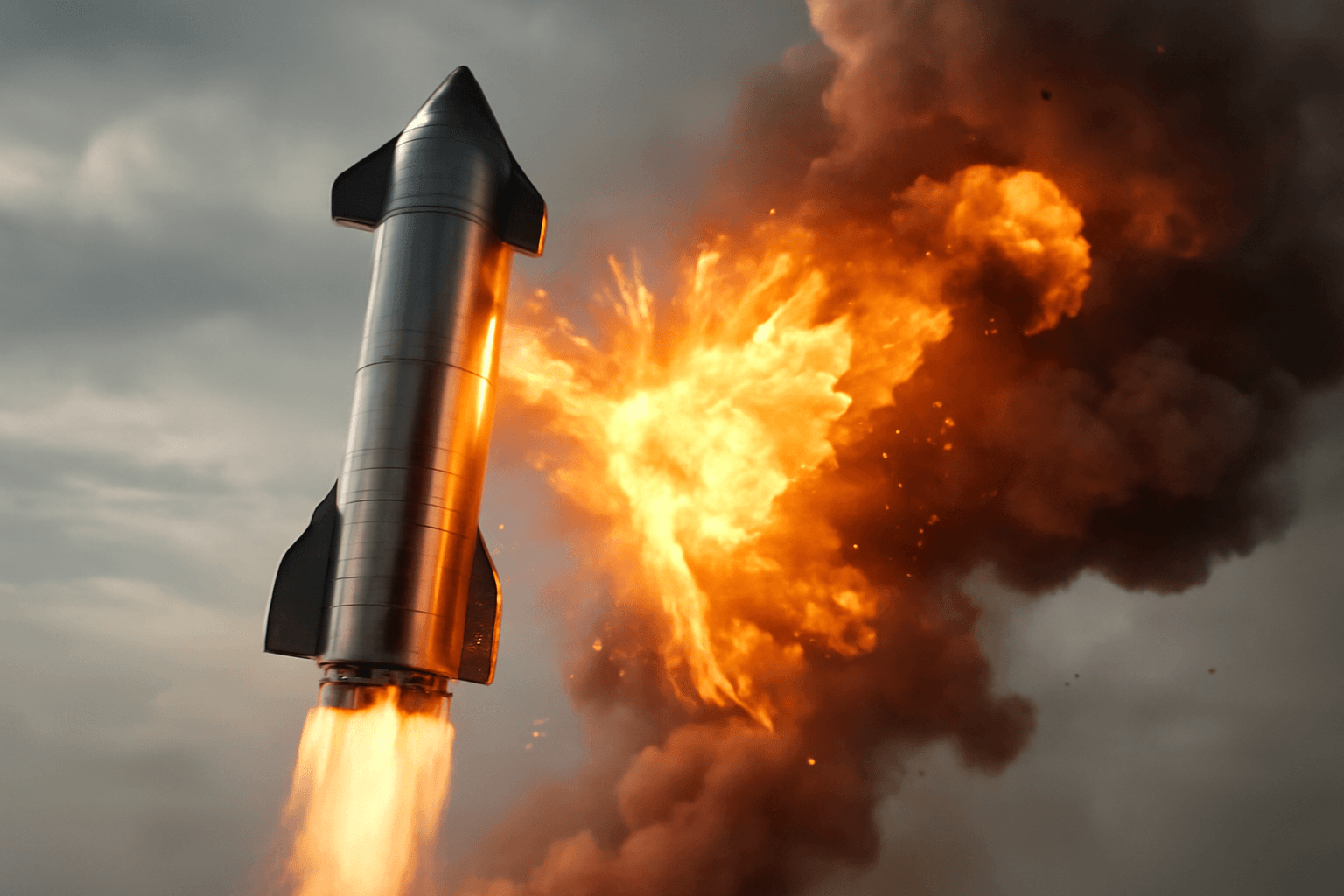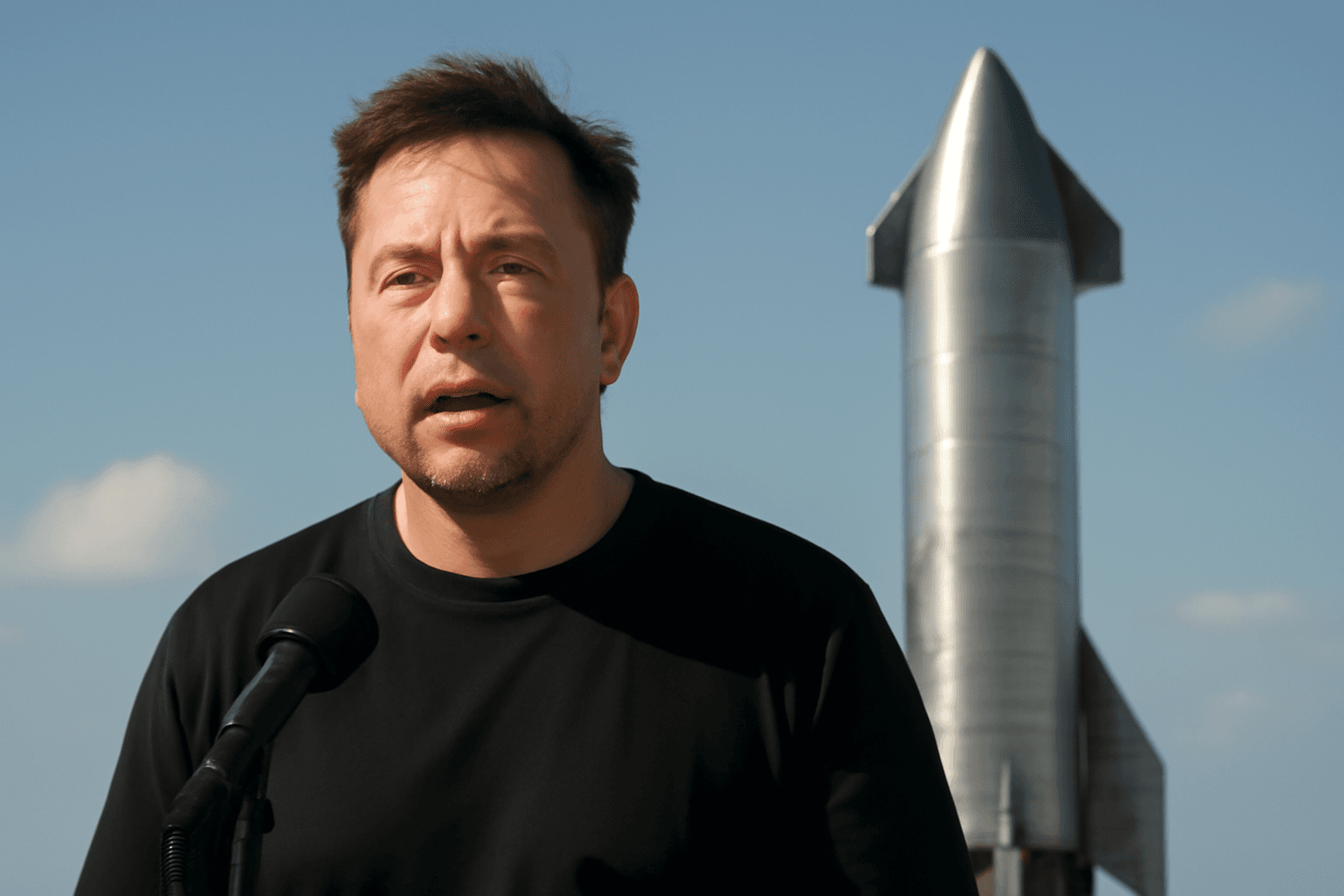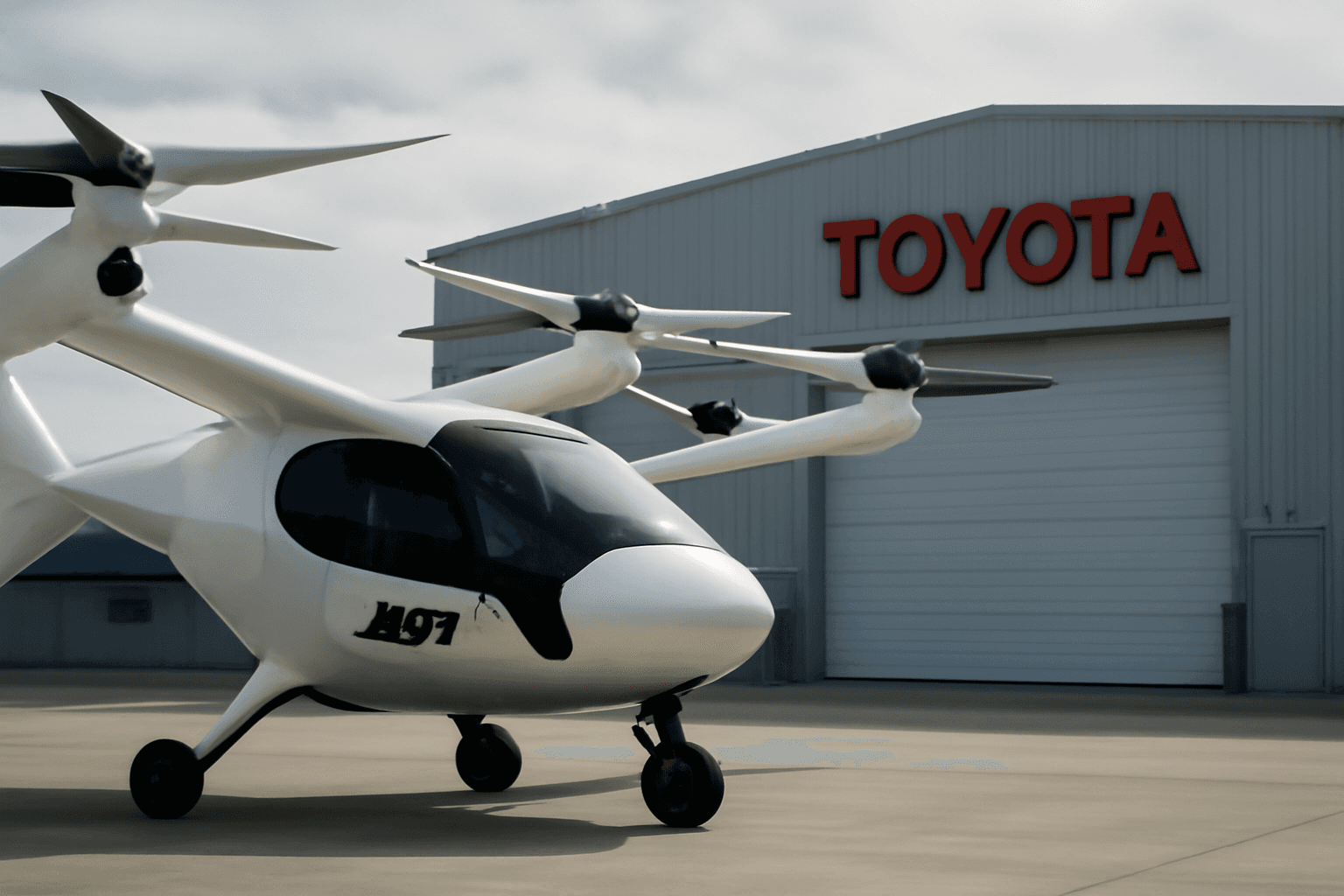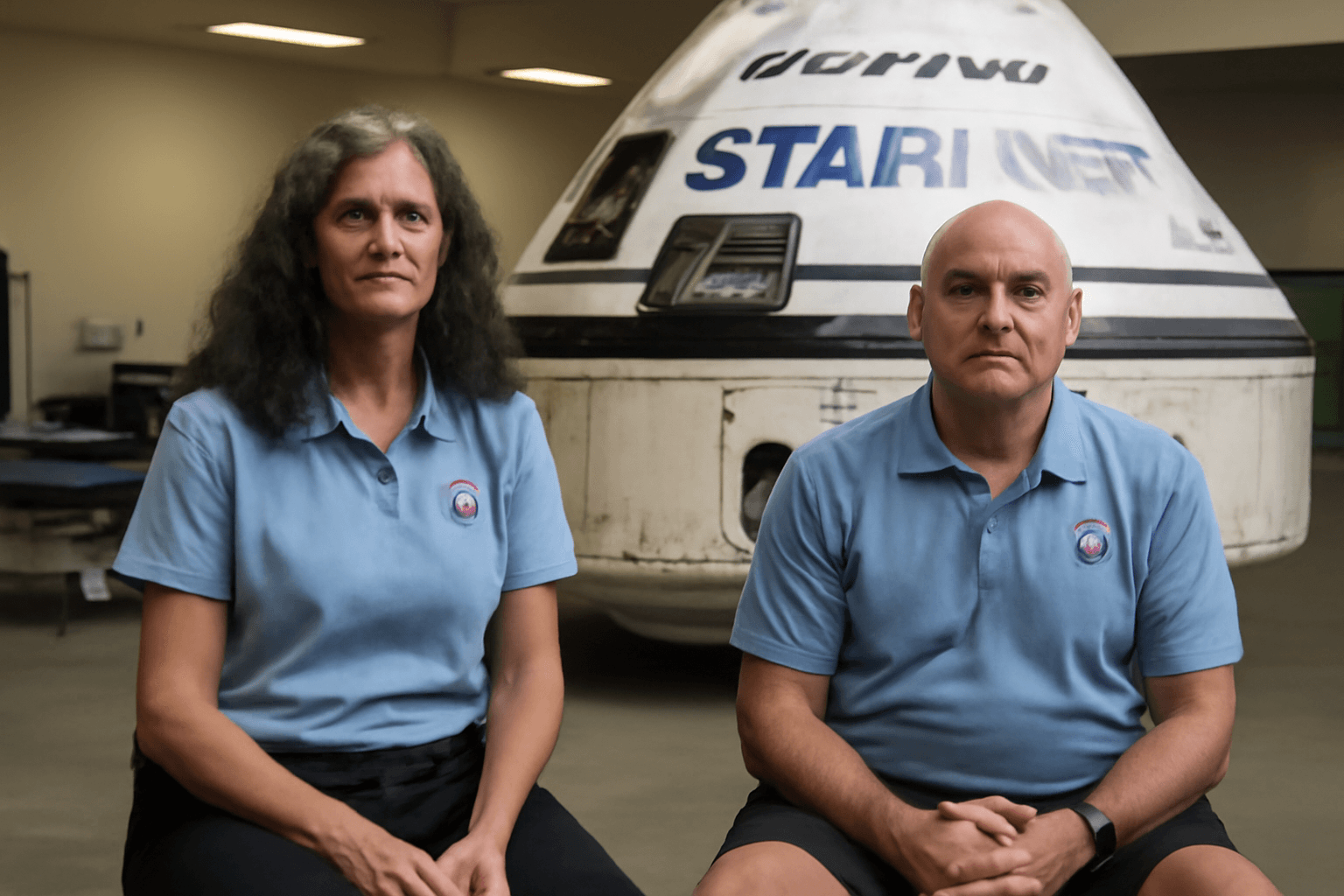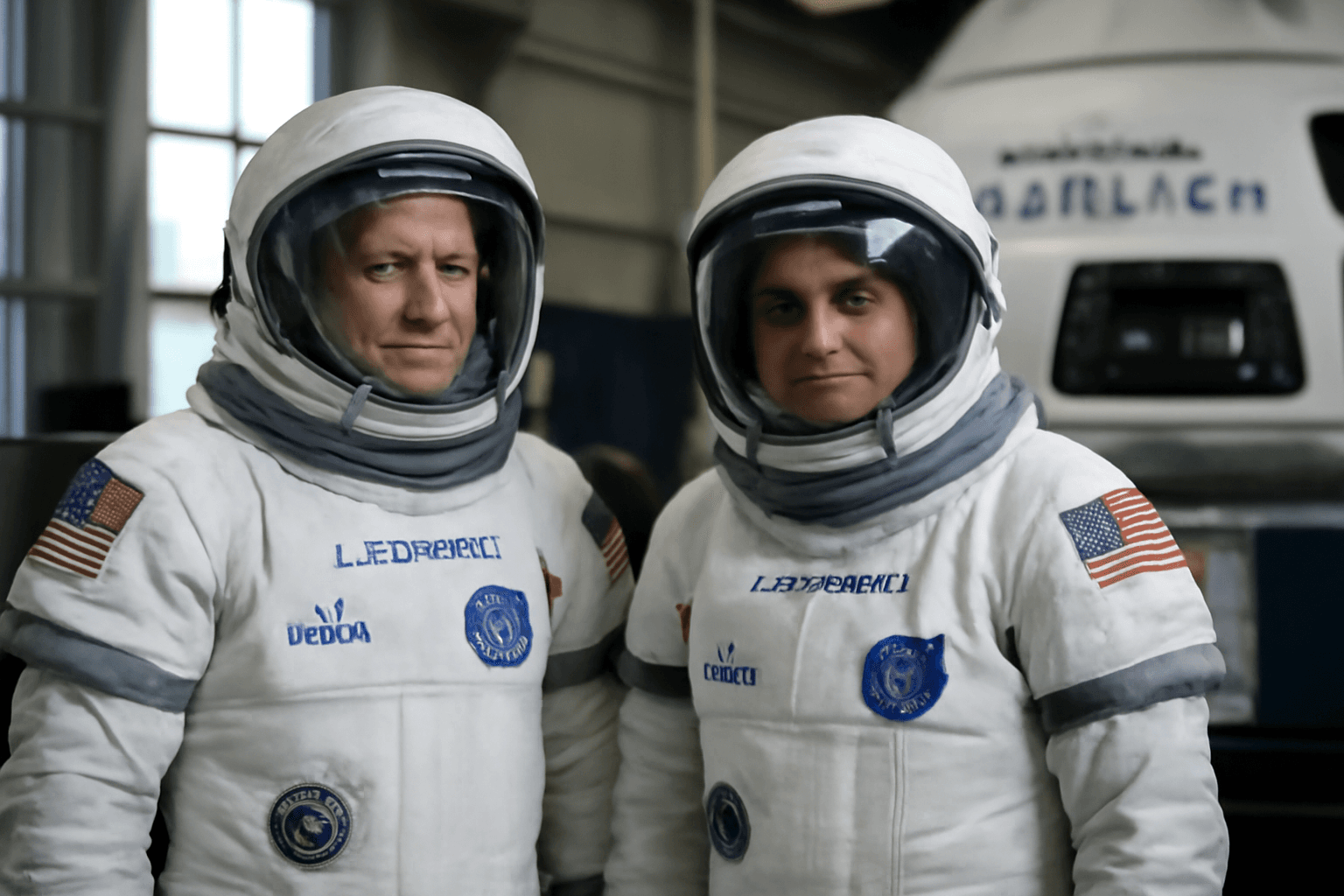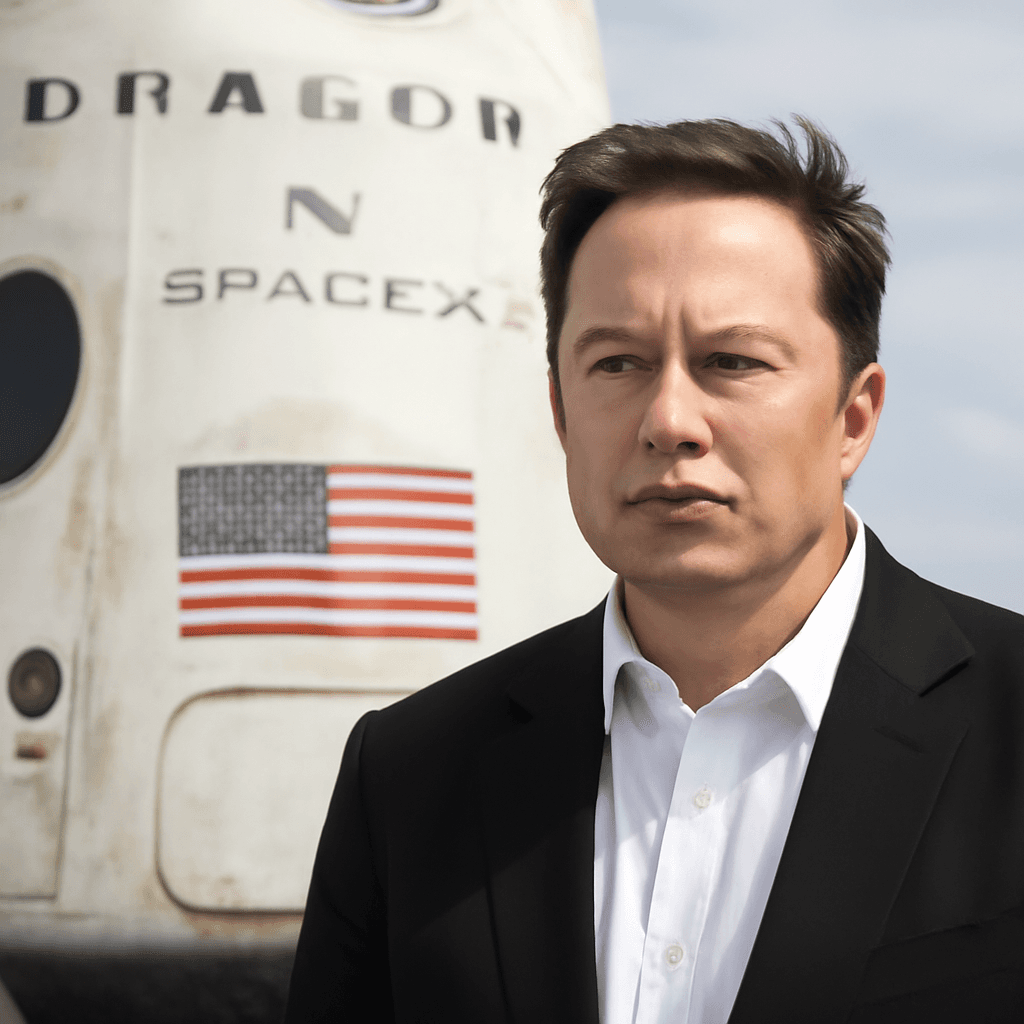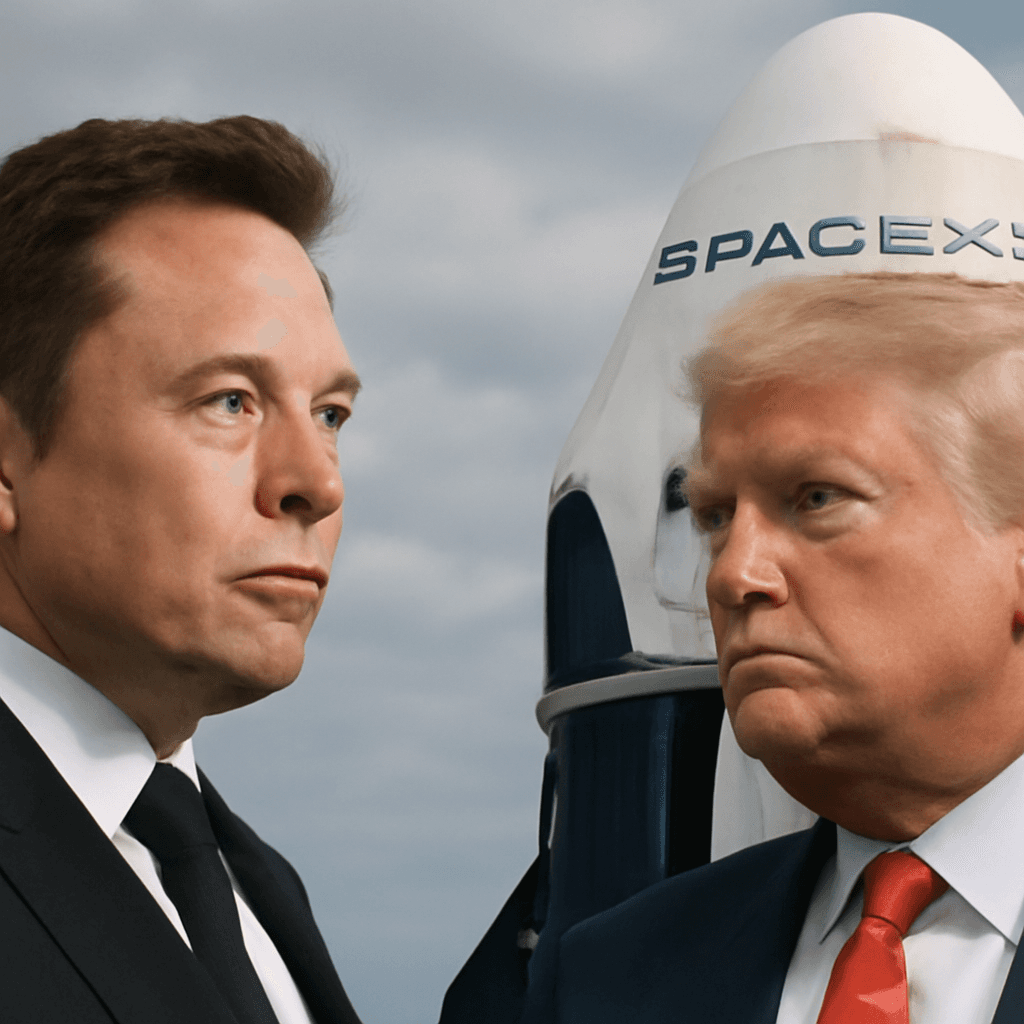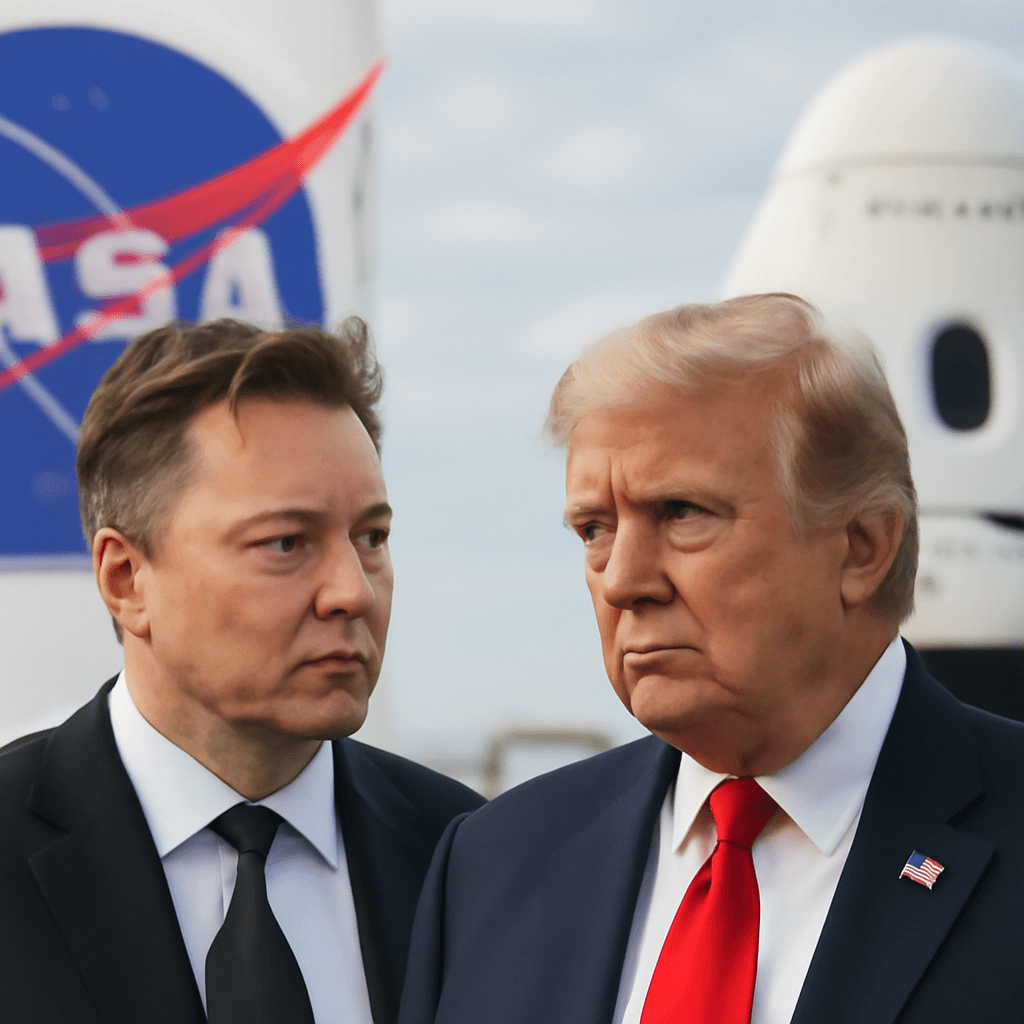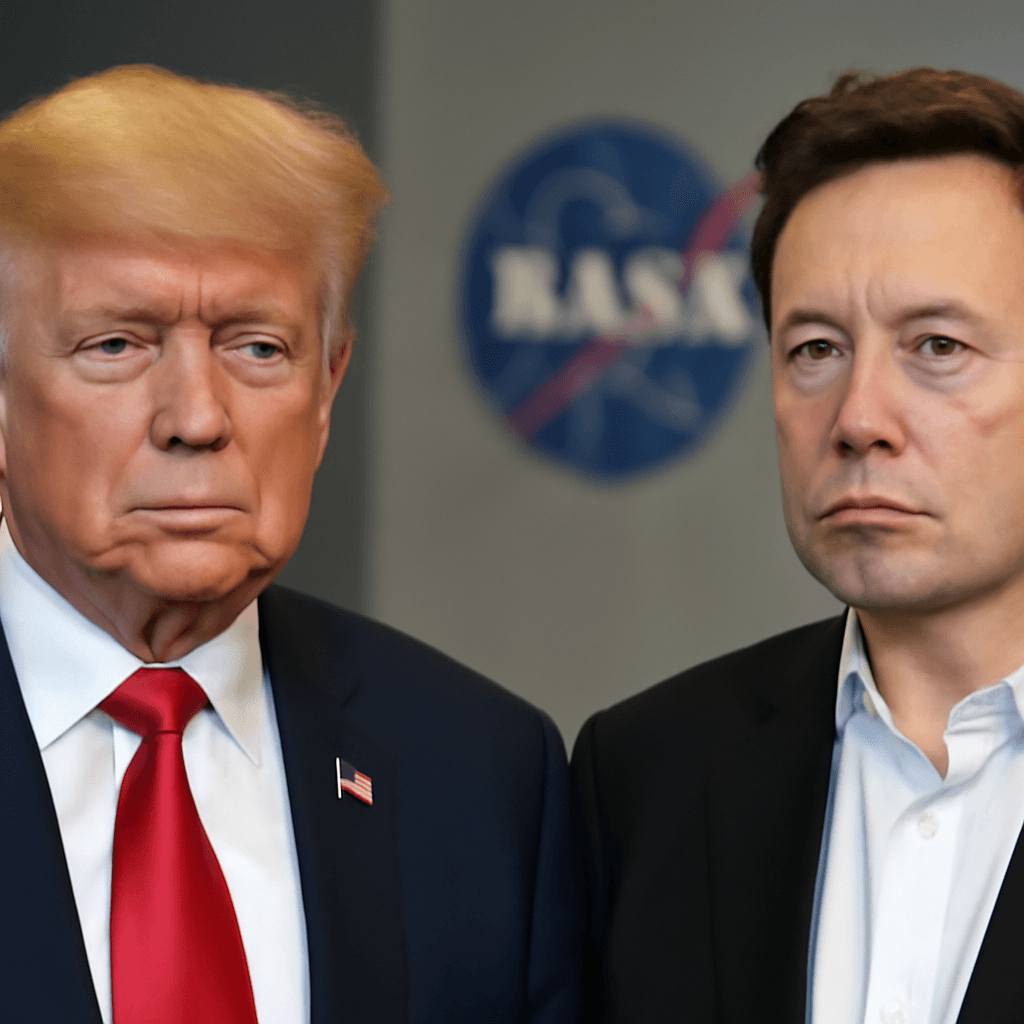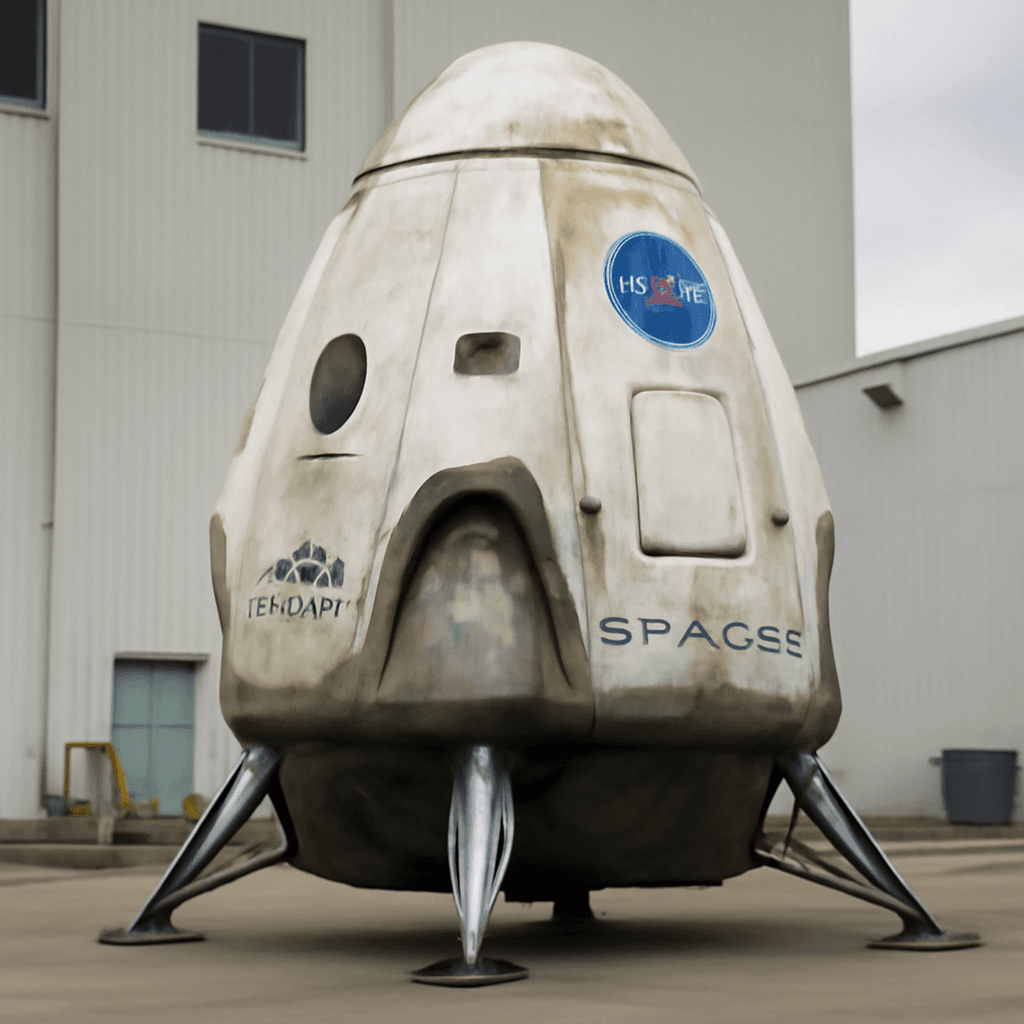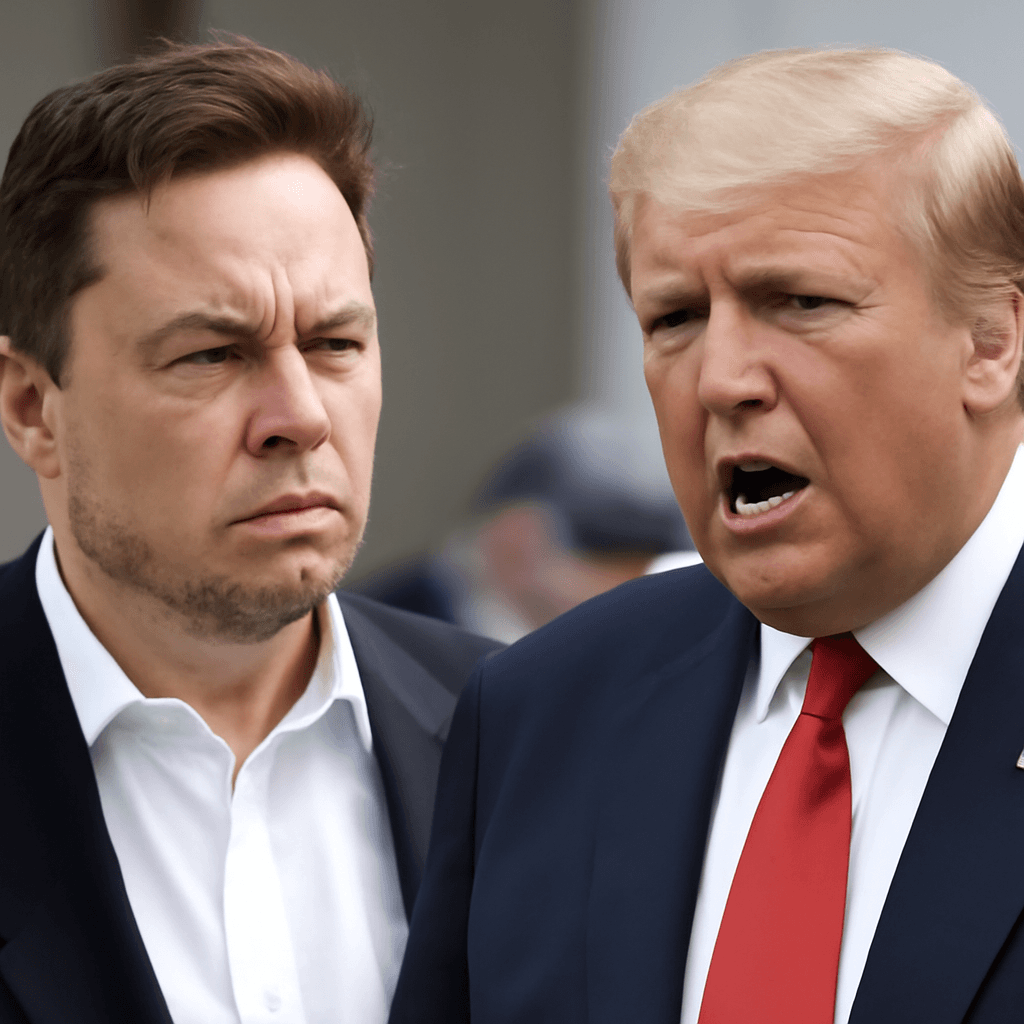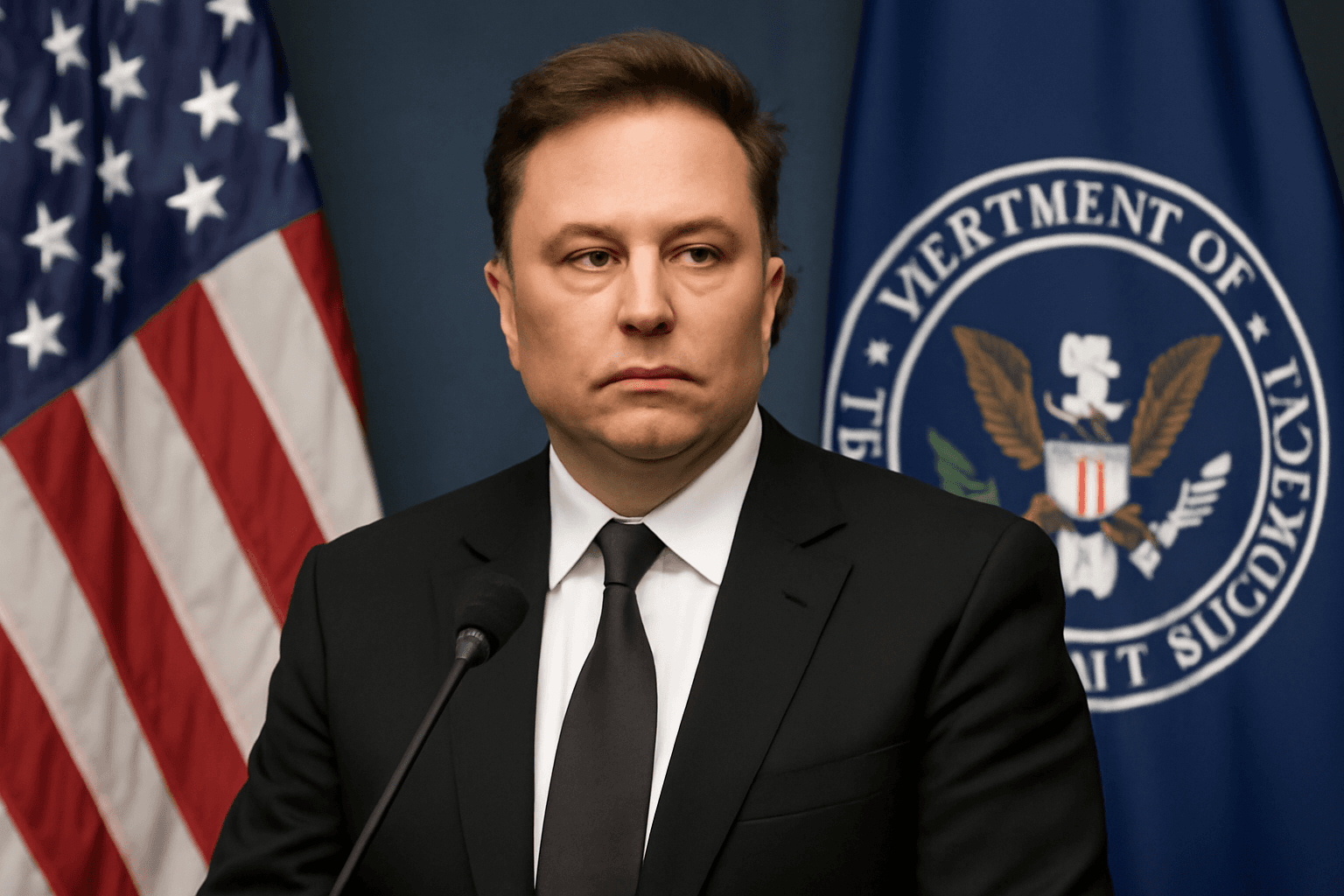Elon Musk Announces Immediate Decommissioning of SpaceX's Dragon Spacecraft
Elon Musk declared that SpaceX will start decommissioning its Dragon spacecraft with immediate effect. This move follows threats from former President Donald Trump to cancel government contracts associated with Musk's companies.
Escalation of Tensions Between Musk and Trump
The announcement, posted on Musk's social media platform X, intensifies an ongoing dispute triggered after Musk publicly criticized a major tax legislation proposal championed by Trump. In his statement, Musk referenced the cancellation threat as the decisive factor prompting the action to retire the spacecraft.
The Role and Significance of the Dragon Spacecraft
The Dragon spacecraft holds a unique position as the sole American vehicle currently capable of transporting astronauts to and from the International Space Station (ISS). Notably:
- In March 2025, a Dragon capsule safely returned NASA astronauts Butch Wilmore and Sunita Williams to Earth after months aboard the ISS, following a Boeing Starliner capsule malfunction.
- More recently, a Dragon vehicle delivered vital supplies to the ISS on April 22, 2025.
Currently, seven astronauts, including three from NASA, are stationed on the ISS under Russian cosmonaut Aleksey Ovchinin's command.
NASA's Response and Future Plans
NASA spokesperson Bethany Stevens reaffirmed the agency's commitment to the administration's long-term space vision, stating that NASA will continue cooperating with industry partners to meet national space objectives despite the announced decommissioning.
SpaceX's Government Partnerships and Dragon's Technical Capabilities
SpaceX ranks among the largest government contractors, having secured more than $20 billion in contracts from NASA, the U.S. Air Force, and other federal agencies since 2008.
The Dragon spacecraft is engineered to carry up to seven passengers to Earth orbit and beyond. It is currently the only active spacecraft capable of returning substantial cargo loads to Earth and holds the distinction of being the first private vehicle to transport humans to the space station.
Transition Towards Next-Generation Spacecraft
SpaceX is actively developing a successor to the Dragon. SpaceX President Gwynne Shotwell indicated in November that Dragon missions would continue for another six to eight years. Meanwhile, the company is testing the Starship rocket, which has experienced several setbacks, including a third explosion during a May 2025 launch attempt.
Summary
The decision to decommission the Dragon spacecraft amidst political threats places questions about the future of U.S. crewed spaceflight capability. While NASA affirms ongoing commitment to its space mission, SpaceX's path forward involves transitioning to next-generation technology amid political tensions.

